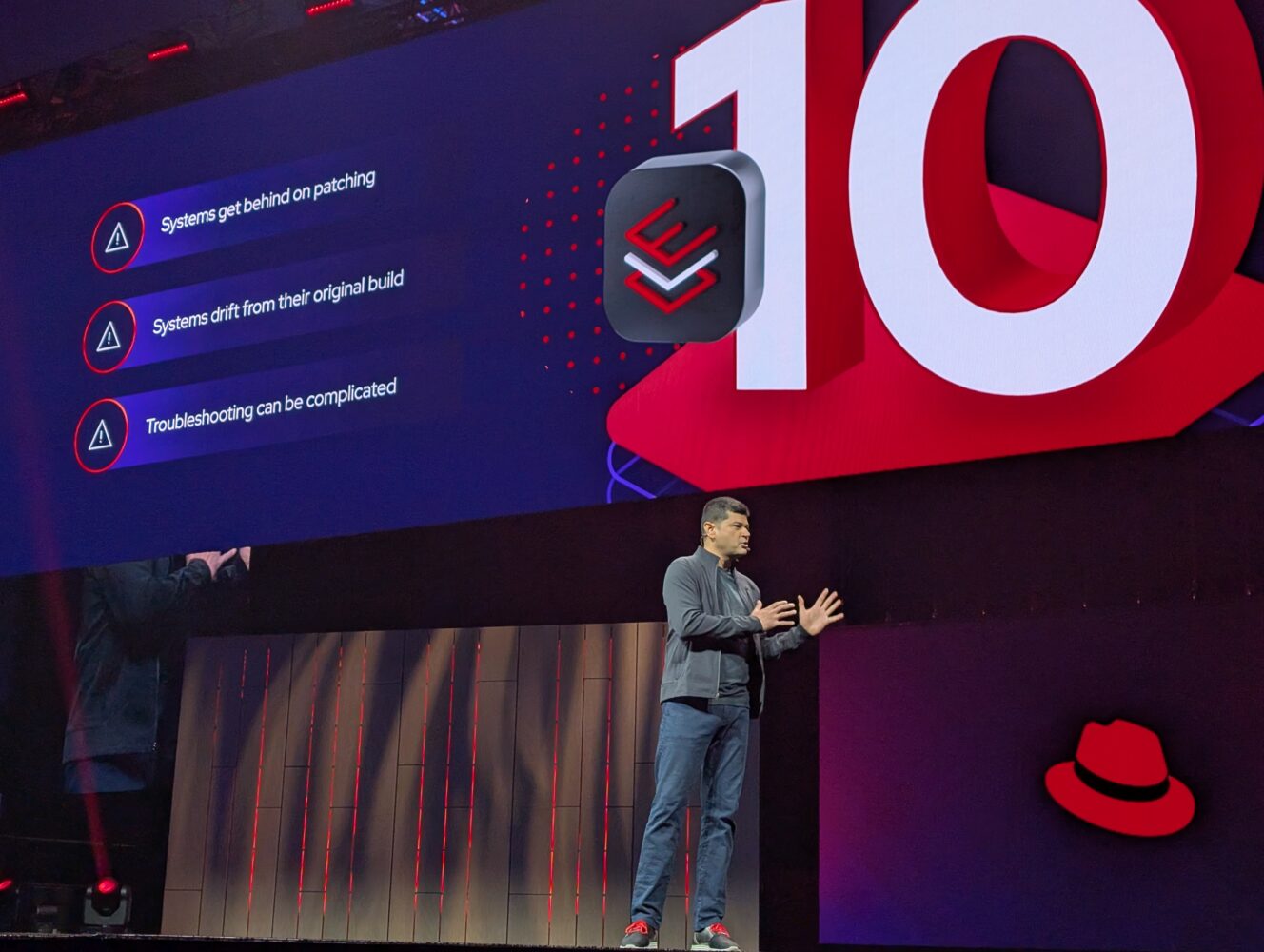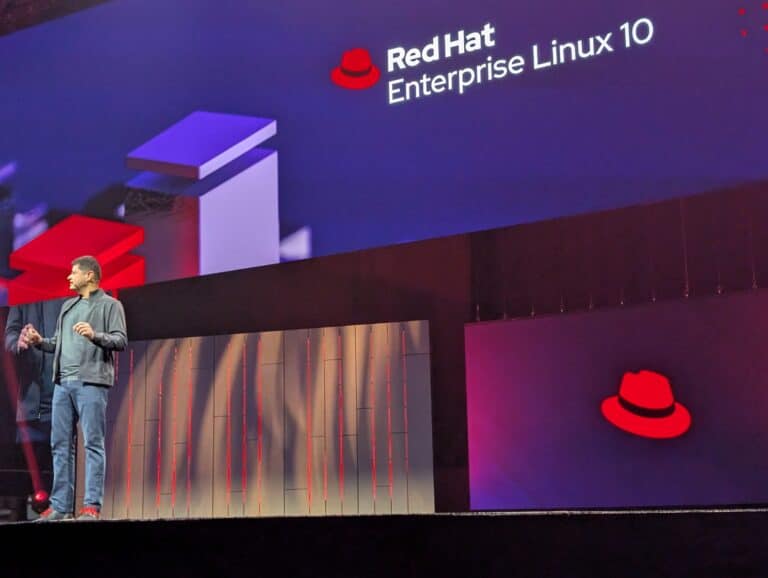Red Hat has released version 10 of Red Hat Enterprise Linux (RHEL). This new platform offers companies an intelligent and secure foundation for hybrid cloud environments and AI workloads. RHEL 10 introduces AI-driven management technology, post-quantum cryptography, and a container-native approach to operating systems and applications.
One of the most notable innovations in RHEL 10 is the integration of AI into the management of Linux environments. With the new Red Hat Enterprise Linux Lightspeed functionality, administrators can access generative AI built directly into the operating system. This system provides context-aware guidance and recommendations through a natural language interface.
Lightspeed draws on decades of RHEL-specific knowledge and helps resolve common issues and apply best practices. The idea is that this will enable both novice and experienced IT professionals to manage large RHEL environments more effectively. This integration comes at a crucial time, as many organizations face a shortage of Linux expertise.
According to a study sponsored by Red Hat, companies struggle to find the right Linux skills to manage their growing number of distributions. This leads to increased security, compliance, and application downtime risks. With this AI integration, Red Hat is positioning itself as a solution to this problem.
Security with post-quantum cryptography
RHEL 10 is also proud to be the first enterprise Linux distribution with FIPS (Federal Information Processing Standards) compliance for post-quantum cryptography. This proactive approach prepares organizations for the future security challenges that quantum computing may pose.
The implementation includes quantum-resistant algorithms that reduce the risk that data intercepted today could be decrypted in the future using quantum computers. In addition, post-quantum signature schemes have been implemented to validate the integrity and authenticity of software packages and TLS certificates.

Container-native approach and improved decision-making
Another important innovation is the ‘image mode’ in RHEL 10, which focuses on a container-native approach. This allows users to build, implement, and manage the operating system and applications within the same streamlined workflow. As a result, companies can manage their entire IT landscape, from containerized applications to the underlying platform, with the same consistent tools.
The approach minimizes configuration differences by proactively preventing unexpected patch discrepancies. It also creates a uniform set of practices for application developers and IT operations teams.
Also new are Red Hat Insights image builder recommendations, which help teams make informed decisions about packages in their standard operating environment. This feature provides recommendations prior to deployment in production environments, allowing issues to be addressed early in the process.
Other new features and tools are listed below for your convenience.
- Pre-tuned, fully supported, and ready-to-use RHEL images for AWS, Google Cloud, and Microsoft Azure
- An easier way to discover community-supported software such as Podman Desktop through the RHEL extensions repository
- A Red Hat Enterprise Linux 10 developer preview for RISC-V in collaboration with SiFive, specifically for the HiFive P550 RISC-V architecture
- More flexible security strategies via the upcoming Red Hat Enterprise Linux Security Select Add-On, which allows you to request fixes for up to 10 specific CVEs (Common Vulnerabilities and Exposures) per year
RHEL 10 is now generally available via the Red Hat Customer Portal. Developers can also access RHEL 10 through the free Red Hat Developer programs.
Tip: Red Hat lays foundation for AI inferencing: Server and llm-d project
